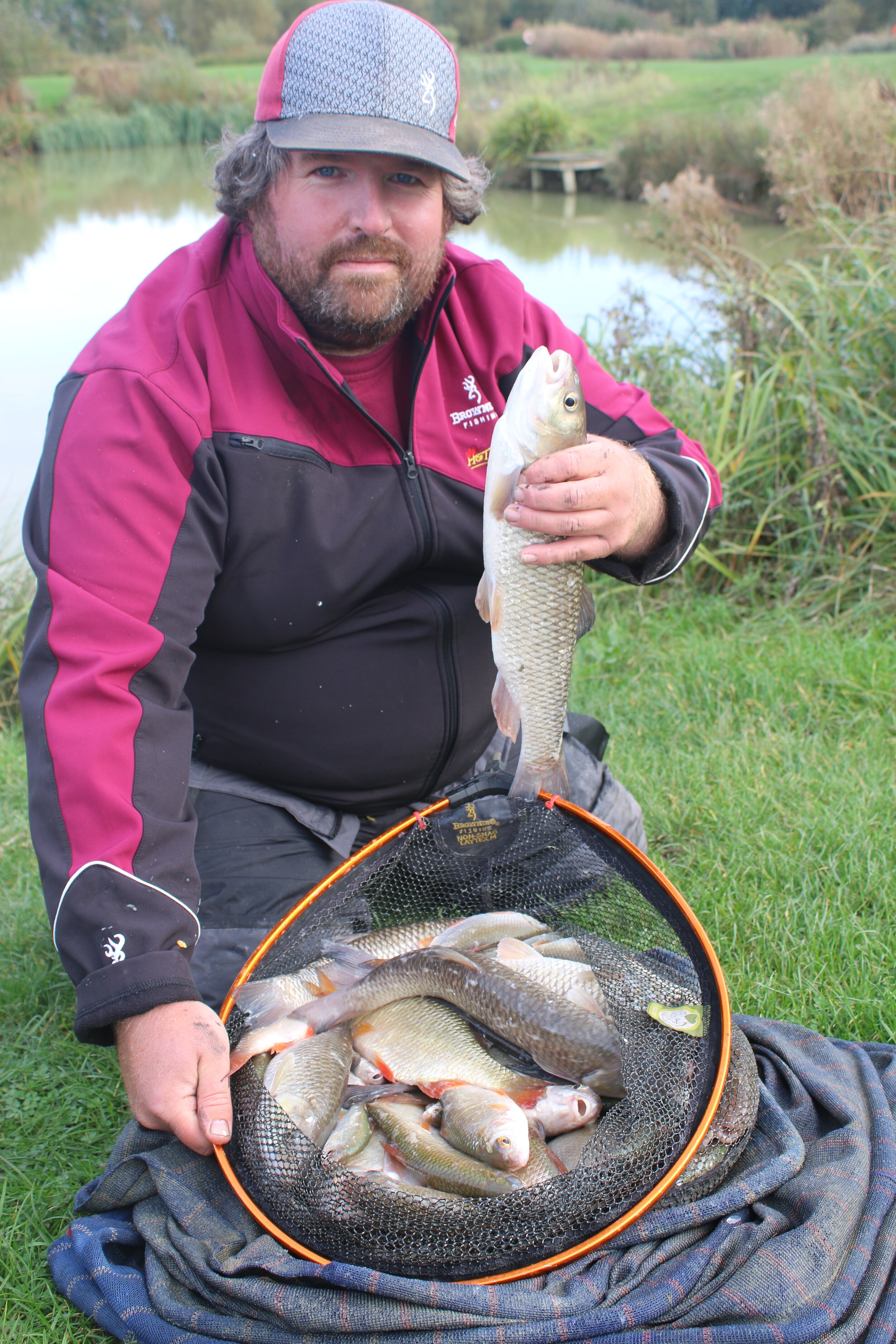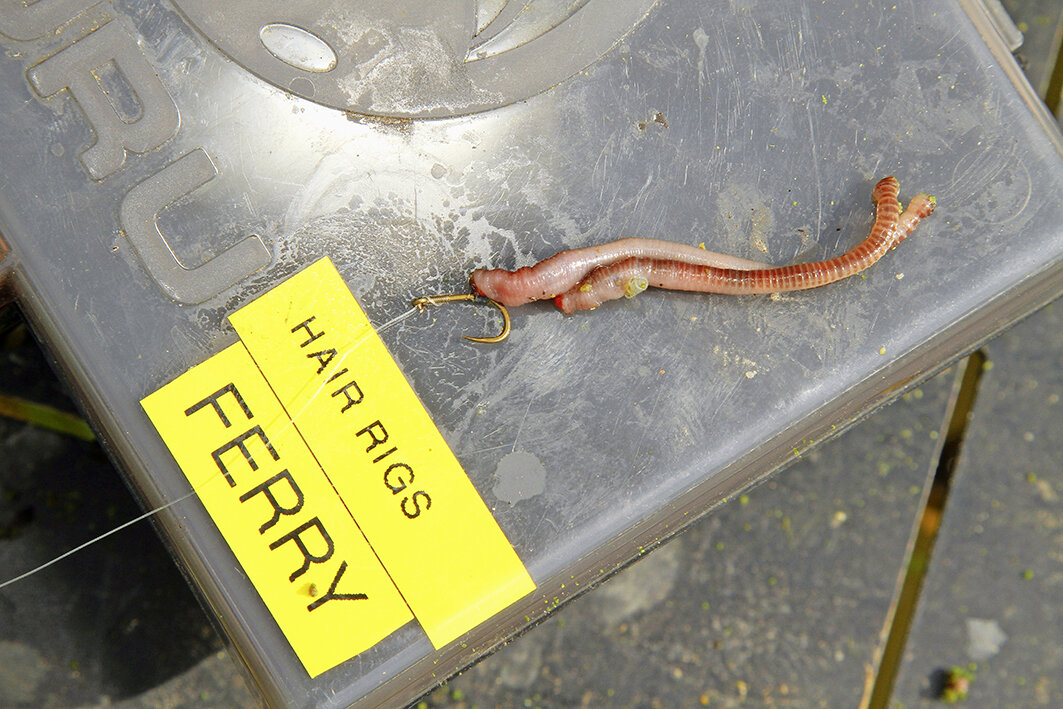How to catch more winter carp with Phil Ringer
It can take a real leap of faith to cast into the vast expanses of a water such as Boddington Reservoir in the depths of winter and catch a few carp.
However, there are some very simple things that you can do to stack the odds in your favour.
Casting a bomb or feeder out and playing the law of averages may well work, but that’s no good on a cold day when you can’t feel your fingers and toes.
In an ideal world, we’d all want a bite every cast. However, I have several tried and tested bits of advice that always nobble a few winter carp. There’s nothing complicated to it, no Herculean casts or fancy tackle. It’s all about getting the basics right and then making small changes throughout the day to get the tip to go round.
1) Feeder or bomb?
Winter carp fishing revolves around fishing the tip, and the first decision to make is whether to use a bomb or a feeder. I’ll look at how the lake is fishing before I even arrive on the bank and so have an idea in my head as to whether the fish will want a bit of feed or not.
If they will, that’s the Hybrid feeder in conjunction with my favourite hookbait, an 8mm Chocolate Orange Wafter, but if the water was cold and weights in matches not brilliant, I’d consider beginning on the bomb with a pellet cone and two yellow 8mm Wafters, which is a great bait when the going is tough.
2) The right distance
It’s highly unlikely that the carp will be at short range. This does mean a decent cast, but not so you hit the horizon.
Around 50m is a good starting point, so you will need a rod that can do the job, something around 12ft or 13ft. I deliberately begin by casting ‘shorter’ because I know that the fish will push further out into the lake as the day goes on.
This means that my final cast of the day will often be the longest. Begin fishing at the range of your casting and you’ll only be left with the option of coming back towards you – and that’s no good.
3) Fish positively
You may only catch six carp in winter and end up waiting up to 30 minutes for the bite. The very worst thing that can happen in this instance is to lose the fish that you hook by gearing up too lightly with a size 18 hook and a light hooklink.
I want to be confident in that when I hook a carp, I will get it in and that means a size 10 Guru QM1 hook and a 0.17mm hooklink.
Remember, it’s not about getting a bite as soon as you can, so delicate rigs aren’t so important.
4) Timing your casts
A stopwatch is a vital part of my winter carp kit as it lets me know how long the rig has been out in the swim. I pay a lot of attention to how long it takes me to get a bite. I’ve found that between 20 and 35 minutes is the optimum time, so I can know at a glance when I’m approaching the ‘witching hour’. Normally, I will wind in again after half-an-hour but if the lake is fishing very hard I may leave the bait out for a further 15 minutes.
5) Changing hookbaits
At any time of year, changing what’s on the hook can trigger a big change in what you catch. This is especially the case in winter.
You may get no response on a Wafter, but changing to a stack of three bits of corn can see the tip fly round, so don’t stick to the same hookbait for the full session.
As anglers, we all have favourite baits with lots of confidence in them and by all means, this should be the starting bait (mine is a 8mm chocolate orange Wafter).
If I was getting no response, though, my next cast might see me change to a corn stack, a yellow Wafter or a small highly visible pop-up. Often just a change in colour can make a difference.













